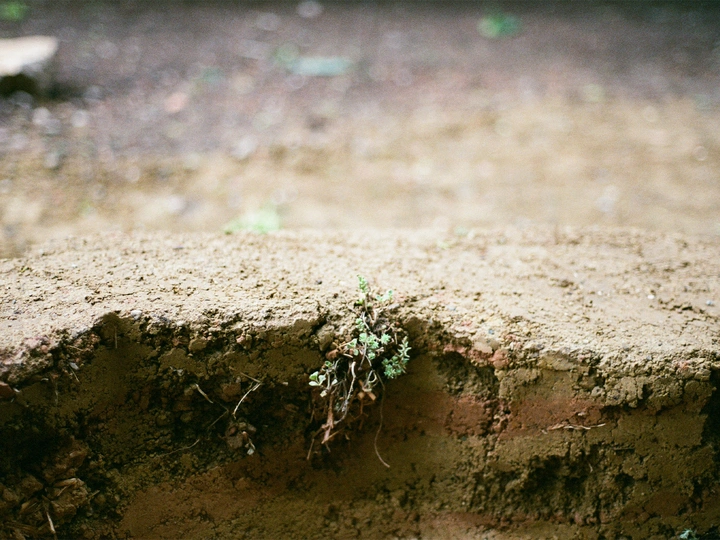Beyond living: Temporal Ecologies of Materials

Originally from Hong Kong and with a master’s degree from the Pratt Institute in New York, Angela's interests lie at the intersection of the material and digital realms. With a keen curiosity about the notion of living in architecture, she has developed an approach that encompasses research, experimentation, and construction across diverse scales.
From 2017 to 2022, as the leading architect of the research team within Chartier Dalix Architects, she conducted researches on the integration of biodiversity into architectural design and innovative construction systems. With her inclusive approach, she initiated various partnerships and co-design workshops. One of the living wall systems was constructed on a large scale in the award-winning APHP headquarters in Paris (Équerre d'Argent in 2022).
Since 2022, Angela has embarked on independent collaborations with various collectives spanning Paris and Strasbourg, as well as urban and rural contexts. These collaborations explore the theme of "Living" at local and community scales, leveraging local resources, and engaging in critical reflection on the concept of the “Capitalocene”.
In addition to her passion for experimentation and living, she has also engaged herself in participatory design. Since 2010, she has been involved in a participatory approach with the NGO IDEA Project, involving the public in design workshops to propose more inclusive designs, including several schools built in Cambodia.
Beyond her professional practice, Angela has been actively involved in education since 2012. She teaches design studios at the École Spéciale d’Architecture (ESA) in Paris alongside a multidisciplinary team on nature and ecology in cities. Additionally, she contributes to progressive pedagogy related to architecture technology and contemporary architecture and design theory at LISAA Strasbourg. Her connections within academia continually inspire fresh perspectives for her professional practice.
The exploitation and utilization of material resources are not only responses to the climate crisis today but also its origins. With an increasing desire for nature in cities, there's a rising demand for natural materials and "green". However, the conventional notion of building as the endpoint of production overlooks the temporal dimension of materials, often perceiving decay as decline and expecting "green" in architecture projects. There's an incongruity between our perceptions and the living temporality and evolution of materials.
HOW: Inspired by the concept of deep time in geology, this experimental research aims to make the invisible visible and investigate how we and societies perceive building materials. By constructing and deconstructing prototypes representing various materials with different temporal processes (such as the growth of living elements and decay), the project will explore these aspects through various media:
- Psychological: By viewing materials as living and ecological processes, the project challenges perceptions like comfort, fragility, and insecurity.
- Sociological: The project explores societal perceptions influenced by the speed of modern life, examining fast and slow rhythms and how societies commodify living and assign it a limited consumable lifespan.
ASPECTS: Design workshops will generate prototypes and drawings, serving as the basis for discussions to reflect on the link between time, material, and architecture.
WHY: Through her experience in integrating living elements into architecture, she observed a trend of commodifying these elements as timeless commodities in urban environments. This observation sparked her interest in exploring the temporal and fragile aspects of living architecture.
IMPACTS / FUTURE: This research aims to surpass conventional material studies and delve into the anthropological aspects of material research, ultimately reshaping our understanding and approach to living architecture.